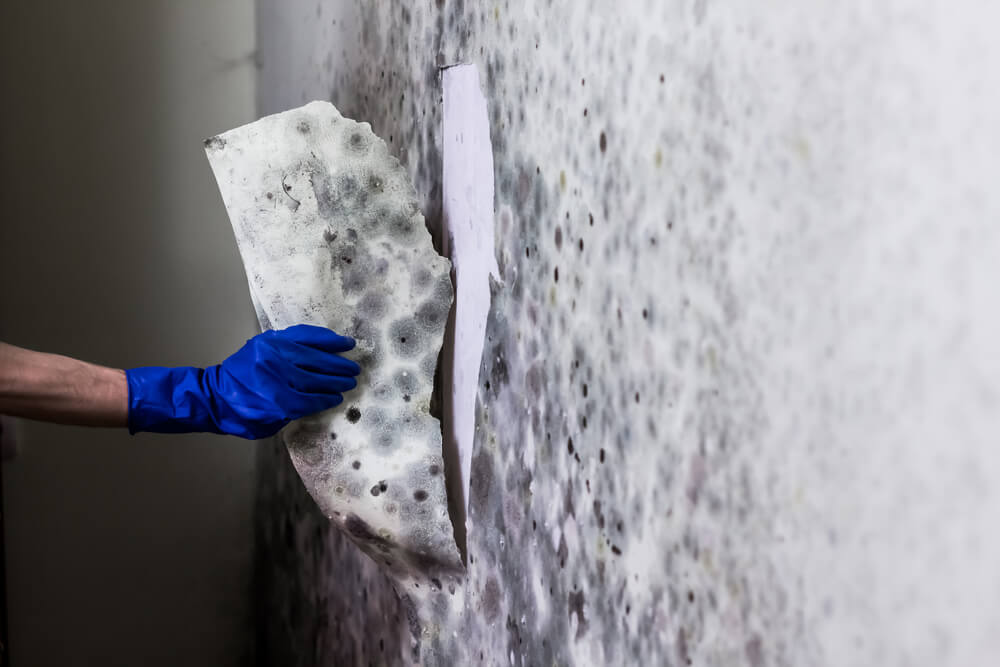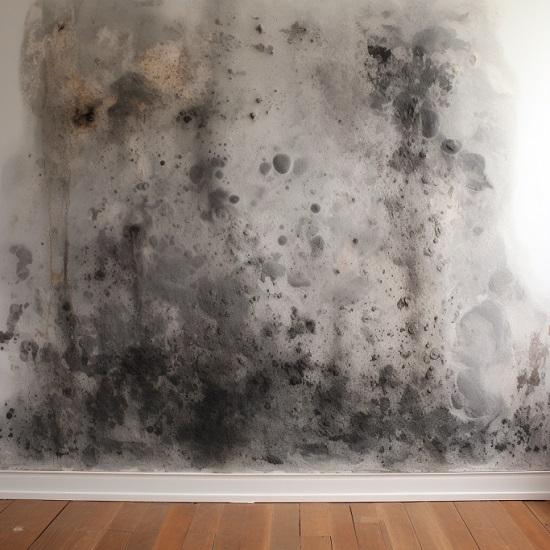Specialist Tips for Post Mold And Mildew Removal Success
In the world of mold and mildew remediation, effectively getting rid of mold is just half the fight; the real obstacle depends on avoiding its reappearance. Post-remediation initiatives play a vital role in ensuring a mold-free environment in the long term. By adhering to skilled pointers and best practices, individuals can guard their areas versus mold rebirth and maintain a healthy and balanced interior setting. It remains in this phase of the remediation procedure that focus to information and aggressive procedures absolutely make a distinction.
Screen Humidity Degrees Consistently
After finishing mold and mildew remediation procedures, maintaining ideal moisture degrees is vital to avoid mold re-growth and make certain a healthy indoor setting. High humidity levels above 60% develop a helpful environment for mold to prosper, making regular keeping track of a positive measure to protect against any future mold problems.
Utilizing hygrometers or moisture meters can help in properly measuring humidity levels in different areas of the building. These devices give real-time data that allows removal experts to make educated choices concerning ventilation, dehumidification, and other required activities to preserve suitable moisture degrees post-remediation. Additionally, developing a regular timetable for moisture checks, specifically in risky locations such as kitchen areas, basements, and restrooms, is an aggressive strategy to mold and mildew prevention. By consistently keeping an eye on moisture levels, residential property proprietors can successfully minimize the threat of mold reoccurrence and keep a healthy indoor atmosphere post-remediation.
Conduct Thorough Inspections Post-Remediation
Following the conclusion of mold and mildew remediation procedures, it is imperative to carry out thorough evaluations to verify the performance of the remediation process. These post-remediation assessments are critical in guaranteeing that the mold concern has actually been efficiently dealt with and that there is no reoccurrence or staying mold and mildew development. Inspections ought to be executed by qualified professionals who have experience in identifying mold and examining interior air quality.
During these assessments, numerous approaches such as aesthetic analyses, air tasting, and surface area sampling may be utilized to completely examine the remediated locations. Visual assessments involve a detailed assessment of the facilities to look for any type of visible signs of mold and mildew development or water damage. Air tasting assists in determining the air-borne mold and mildew spore levels, while surface tasting can detect mold fragments on surface areas.
Implement Proper Ventilation Techniques
After making sure the efficiency of the mold and mildew remediation procedure through comprehensive evaluations, the next vital step is to focus on implementing proper air flow methods. Appropriate ventilation is important in preventing mold reoccurrence by controlling dampness degrees and promoting air blood circulation. To attain this, it is suggested to use exhaust fans in areas susceptible to high moisture, such as shower rooms and kitchens. Furthermore, opening windows and doors when weather permits can help boost air flow and lower wetness accumulation. Air dehumidifiers and cleansers are likewise important tools in maintaining optimum interior air top quality.
Appropriate ventilation not only aids in avoiding mold and mildew development but additionally contributes to the general health and convenience of passengers. By ensuring sufficient ventilation throughout the property, you can minimize the click for source risk of mold regrowth and create a healthier living setting. Regular upkeep of air flow systems, consisting of cleaning and filter replacements, is essential to sustaining reliable air flow. Consulting with heating and cooling specialists can provide further understandings right into maximizing ventilation approaches for your next page specific property requirements.

Usage Mold-Resistant Products for Fixes
To enhance the long-term performance of mold remediation efforts, including mold-resistant products for fixings is critical in reducing the danger of future mold development. Mold-resistant materials are developed to withstand dampness and hinder mold and mildew growth, making them a crucial selection for areas prone to wetness and humidity. When repairing locations affected by mold, utilizing materials such as mold-resistant drywall, mold-resistant paints, and mold-resistant caulking can help protect against mold reappearance.
Mold-resistant drywall is an outstanding choice to typical drywall in areas like basements and bathrooms where wetness degrees are higher. This type of drywall has a special finish that resists mold growth even when subjected to damp problems. Furthermore, utilizing mold-resistant paints having antimicrobial agents can further inhibit mold and mildew growth on ceilings and wall surfaces.
In locations where dampness is typical, such as kitchen areas and bathrooms, using mold-resistant caulking around sinks, bathtubs, and home windows can help secure out water and protect against mold and mildew from holding in fractures and gaps. By spending in these mold-resistant materials during repairs post-remediation, you can substantially lower the chance of future mold and mildew issues and maintain a much healthier interior environment.
Maintain Sanitation and Address Water Issues
After mold and mildew remediation, it is vital to maintain a clean environment to stop the regrowth of mold and mildew. Leaks, water intrusion, or high humidity levels can produce the excellent reproduction ground for mold and mildew, so it is important to fix any water-related issues instantly.
To preserve tidiness, take into consideration making use of HEPA filters in vacuum cleaners and air cleansers to catch mold and mildew spores and stop their circulation in the air. Guaranteeing proper ventilation in areas vulnerable to moisture build-up, such as cooking areas and shower rooms, can assist keep moisture levels in check. By staying attentive concerning cleanliness and addressing water problems quickly, you can properly stop mold reinfestation and maintain a healthy indoor environment.
Conclusion

In the realm of mold removal, effectively removing mold is just half the battle; the true challenge exists in preventing its reappearance. After finishing mold remediation treatments, maintaining optimum humidity levels is vital to prevent mold and mildew re-growth and ensure a healthy indoor atmosphere. High moisture levels above 60% create a helpful atmosphere for mold and mildew to thrive, making regular keeping an eye on a proactive procedure to stop any type of future mold and mildew problems.
To boost the long-term effectiveness of mold removal initiatives, integrating mold-resistant products for fixings is critical in mitigating the threat of future mold growth. After mold and mildew remediation, it is critical to preserve a clean atmosphere to protect against the regrowth of mold and mildew.